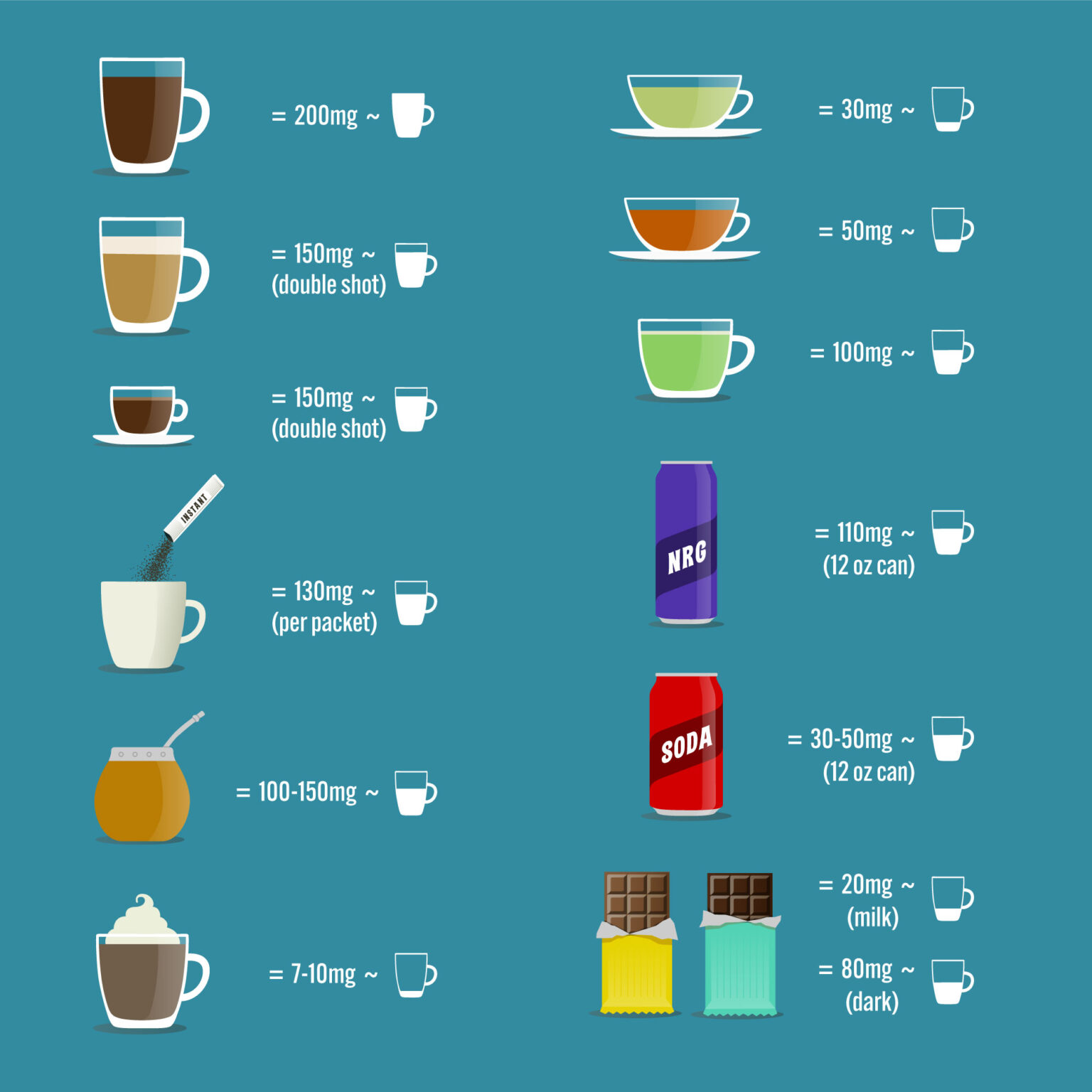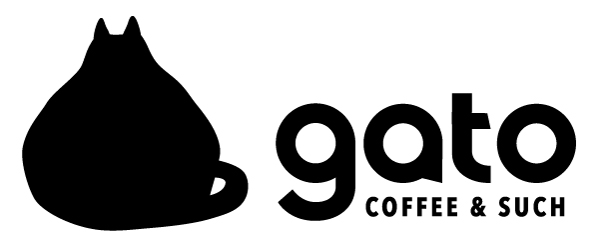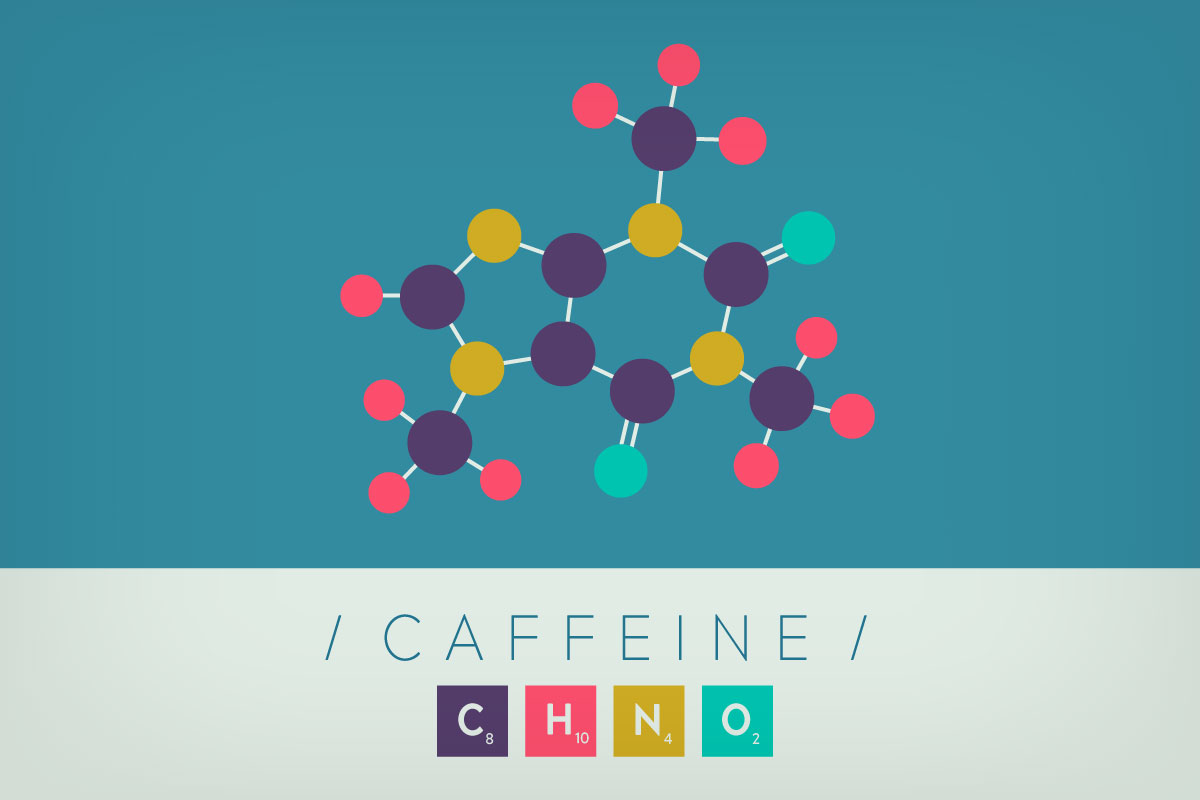When a hungry insect decides to chomp on one of the 60-odd plant species that have evolved to produce caffeine, the effect is not exactly a morning pick-me-up. Almost instantly the hapless snacker’s nervous system stops producing essential enzymes, which causes immediate paralysis and death. But don’t worry – a lethal dose in humans is more than 10 grams of caffeine, or some 62 gallons of coffee.
Instead, when you drink coffee, tea and the like, caffeine passes directly through the gastrointestinal tract into the bloodstream. It’s dispersed quickly and completely with 99% of it being absorbed within 45 minutes. (As with alcohol, food slows absorption.) It sloshes around inside your bloodstream, eventually making its way to your liver, where it’s metabolized into paraxanthine (another stimulant) and finally eliminated in urine. It’s a process that takes around five to eight hours. A crafty molecule, caffeine is both hydrophilic and lipophilic, meaning it can pass through most cell walls and – thank heavens – the blood-brain barrier.
Once safely in your grey matter, caffeine binds to the adenosine receptors (adenosine is a pesky compound that makes you feel sleepy), causing the release of norepinephrine, dopamine, acetylcholine, serotonin and glutamate — a family of chemicals that makes you feel awake, alert and in general pretty ready to get shit done. And while caffeine increases energy metabolism in the brain, it reduces cerebral blood flow which causes a hypoperfusion — in other words, caffeine likes to make you feel awesome and sticks around awhile. All of this helps explain why caffeine is the single most popular stimulant on the planet, consumed by 90% of the world’s humans. In the United States, most of that is in the form of coffee, with 70 to 83% of Americans having at least one cup a day.
One cup — what does that even mean? Unless you’re trapped in a Leave it to Beaver episode, it does not mean a 6-oz cup. But then again, it probably doesn’t mean a half–gallon travel mug. More than likely, the ceramic coffee cups in your kitchen are in the 12-14oz range. To-go coffee cups and mugs are usually a bit larger (around 16oz). In general, a 16-oz cup of specialty drip coffee has 200-300mg of caffeine. A single shot of espresso has 75-100mg of caffeine (most coffee espresso drinks are double shots, so 150-200mg).
The reason for the ranges? Brewing methods and brewing time, even plant species, affect caffeine levels.The arabica species of beans, the good stuff, has slightly less caffeine gram for gram than robusta (think old school canned coffee). A nice pharmacological boost depends on factors like your tolerance and weight, but in general you get a solid lift from 200-400mg. More than 400mg can start to mess with sleep cycles and could cause you to have dreams where you’re trapped on a hot air balloon arguing with Cher about the difference between a pillow sham and a pillow cover. (At least, that’s what we hear.)
Caffeine’s magical awesomeness is pretty clear, but did you know? Caffeine…
- is given to preterm babies in the nicu to help with apnea and hypoxemia.
- helps you live longer.
- is the military’s not-so-secret weapon.
- makes you run faster.
- causes you to be less accurate at shooting a rifle but also less likely to shoot yourself (bonus).
- improves memory and cognitive performance.
- is not addictive (they call it “mild dependence”. Whatever you need to tell yourself.).
- in coffee does not dehydrate you (the fluids offset the diuretic effect).
- can both help headaches and trigger migraines.
- can (of course) make you better in the sack.
- is the best molecule ever!


